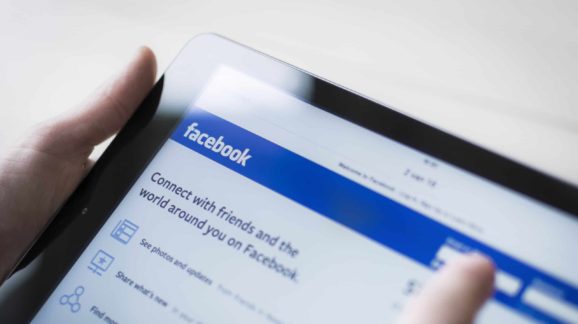Facebook Acquisitions Benefitted Its Employees, Sellers, and Consumers. Where Is the Harm?
The FTC and state attorneys general are incorrect. Competition and innovation are alive and well in the social-media marketplace for all.
The claim by the Federal Trade Commission (FTC) and 48 state attorneys general that Facebook’s acquisition of Instagram and WhatsApp qualifies as anticompetitive behavior foolishly focuses on the motivations of the world’s largest social-media firm and ignores what those acquisitions have meant for consumers.
In the filings, the FTC and the states allege that Facebook snatched up the picture-sharing and messaging apps to prevent them from becoming a competitive threat. Perhaps it did. Maybe Facebook was indeed worried about being displaced as the market leader. But what does its motivation matter? Certainly, every business decision involves a bundle of different motivations and it’s just as certain that some of those motivations are self-serving. That’s what capitalism does so well: It channels selfish impulses into benefits for consumers. As Adam Smith observed in the Wealth of Nations, “It is not from the benevolence of the butcher, the brewer, or the baker that we expect our dinner, but from their regard to their own interest.”
U.S. antitrust law is based on consumer harm. So the more relevant question is: When Facebook acquired Instagram in 2012 and WhatsApp in 2014, how did consumers fare?
Facebook dropped download and subscriptions fees for WhatsApp within a few years of its acquisition, effectively reducing the cost to zero for users. That’s very nearly the dead opposite of traditionally understood consumer harm. Similarly, Facebook’s superior resources and expertise took Instagram from a glitchy app to one with a billion (presumably satisfied) users by 2018. Facebook’s know-how constantly improved the Instagram-user experience, attended to technical-compatibility issues, and innovated despite concerns that it may alienate its incumbent users with the changes. The bottom line is that a billion consumers have benefited from Facebook’s purchase of Instagram.
So if consumers aren’t the victims of this story, perhaps the owners or employees of Instagram or WhatsApp were hurt by the acquisitions?
Let’s see. Instagram’s owners voluntarily sold their company to the tune of $1 billion. Not too shabby. As my colleague Iain Murray points out, excessive financial regulations have made IPOs expensive and arduous. Being acquired, therefore, is often part of the business plan from the beginning for start-ups. Taking away that financial incentive will chill entrepreneurial activity and lead to less innovation, not more. As for the employees, Facebook paid an additional $3.6 billion dollars more than the original price as compensation to WhatsApp employees for staying on board at Facebook. Doesn’t seem to be much harm suffered on the selling side.
Okay, but perhaps the acquisition harmed consumers by producing a less competitive and a less innovative social-media app marketplace?
The evidence is to the contrary. TikTok, a reasonable if not approximate proxy for Instagram, is on track to be the No. 1 app of 2020. It didn’t exist when Facebook purchased Instagram, but it’s now been downloaded two billion times globally. And in a move that could only be described as competitive, when TikTok was on the verge of being banned in the U.S., Instagram innovated by creating Reels to meet consumer demand. Just this summer, newcomer Zoom dominated the video-call space and left Facebook’s offering, Messenger Rooms, in the dust. The two services, among many other offerings, innovated and competed vigorously for the eyeballs of users forced to work and learn from home by the COVID-19 pandemic. MeWe, often called the “anti-Facebook,” but a reasonable substitute nonetheless, spent time this year among the top three free downloads in the iOS AppStore. And Parler became the most-downloaded app overall within the U.S. for a time last month. The numerous success stories for these new apps indeed suggest a market full of competition and innovation.
Read the full article at National Review.
